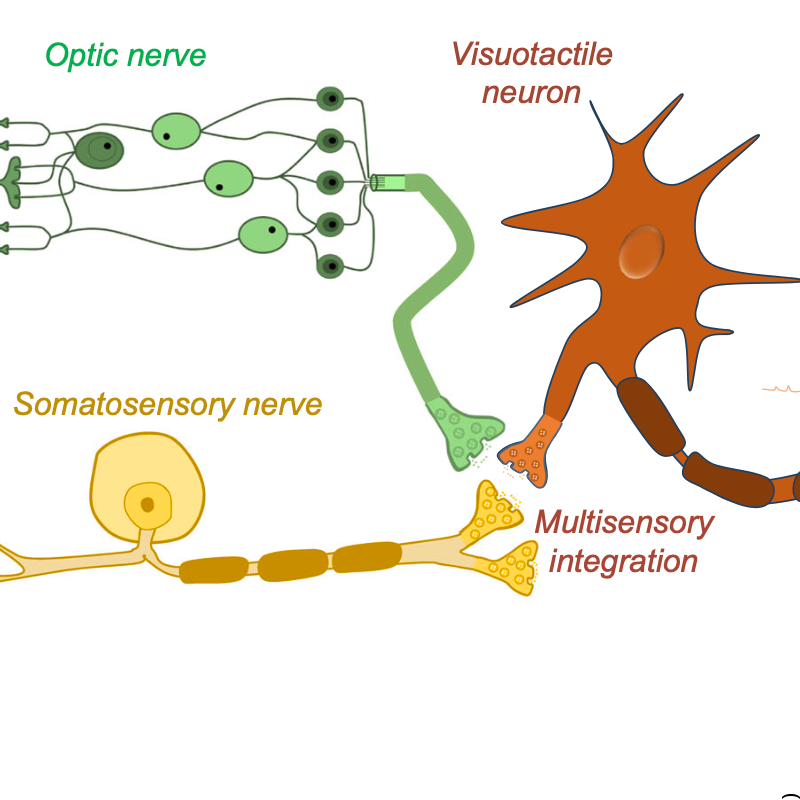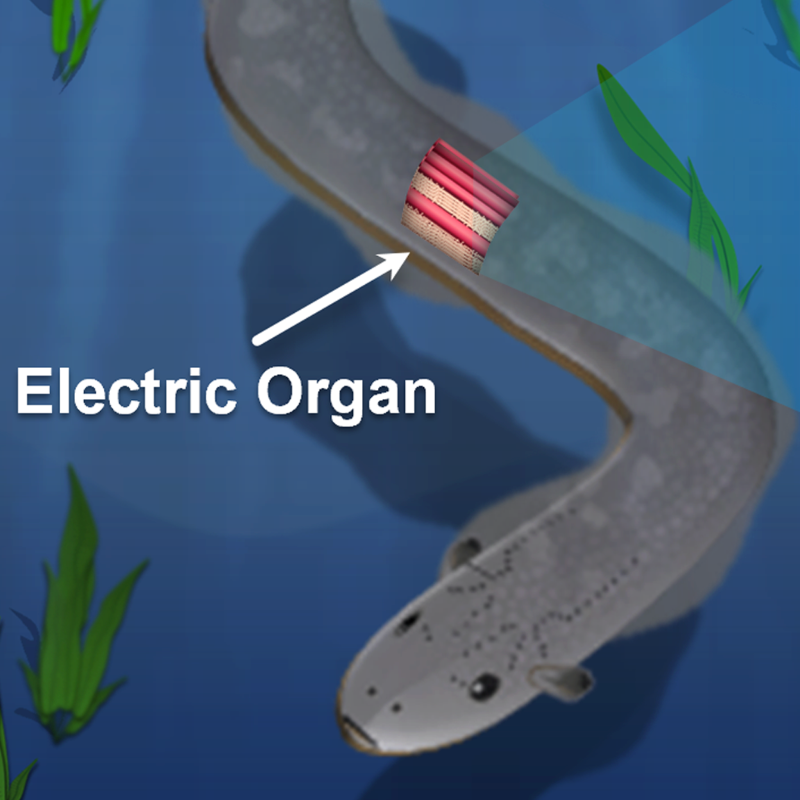Engineers and chemists at Lawrence Livermore National Laboratory (LLNL) and Meta have developed a new kind of 3D-printed material that can replicate some characteristics of biological tissue.
The researchers say the advancement could impact the future of “augmented humanity,” where technology enhances human performance by closely interfacing engineered devices with our anatomy.
Emulating the range of bio materials
As described In a paper in the journal Matter, the method patterns smooth gradients in stiffness to approximate gradients found in biology, such as where bone meets muscle. This overcomes “mechanical mismatch” (natural tissues are soft; electronic devices are usually made of rigid materials).
“For engineers, it’s very hard to get a softer material combined with a stiffer material such as is common in nature,” explained lead author and LLNL engineer Sijia Huang. “Engineers make a part that is stiff and another part that is soft, and then manually assemble them together, so we have a very sharp interface that compromises the mechanical property.
The new technique works by manipulating the intensity of light applied to a photopolymer resin, using a layer-by-layer technique that can rapidly produce parts by projecting light into a liquid resin. Lower light intensity results in a softer material; higher light a stiffer material.
Wearable braille display
To demonstrate the potential, engineers at Meta used the material to 3D-print an inexpensive braille display that could be worn on a single finger and connected to a smartphone and an air pump.
When text is transmitted via the phone, sections of the wearable fill with air, causing it to deform and create braille letters, enabling a sightless person to “read” the text through the device.
The material is stretchable to around 200 times its original properties, and as its gradient transitions from soft to stiffer material, its toughness increases by 10 times. Huang said the material could be tailored for energy-absorbing materials, soft robotics and wearable electronic devices.
Citation: Sijia Huang et al. (June 20, 2023) One-pot ternary sequential reactions for photopatterned gradient multimaterials. Matter. DOI: https://doi.org/10.1016/j.matt.2023.05.040 (open-access)
Let us know your thoughts! Sign up for a Mindplex account now, join our Telegram, or follow us on Twitter.


.png)

.png)


.png)
















